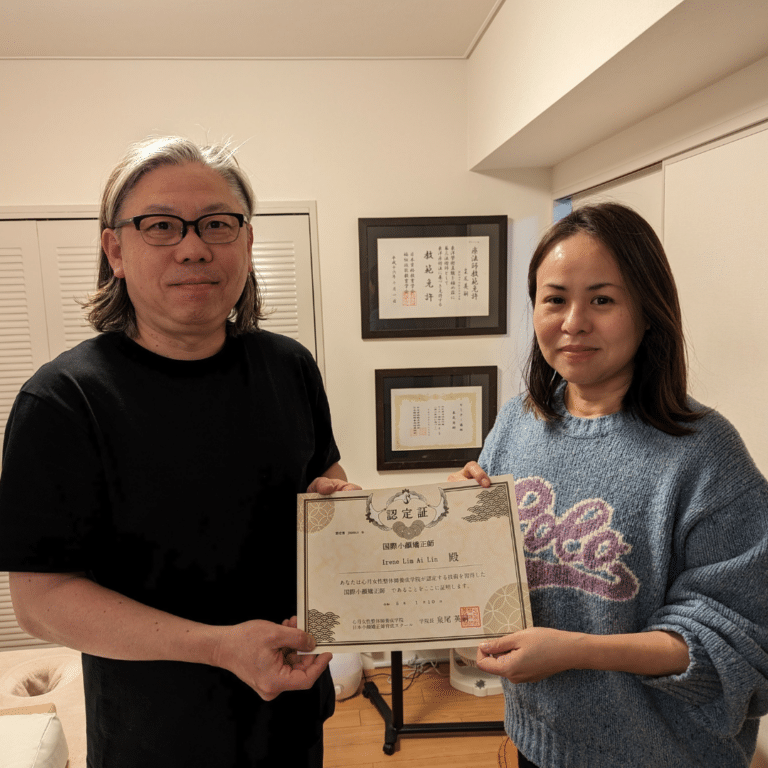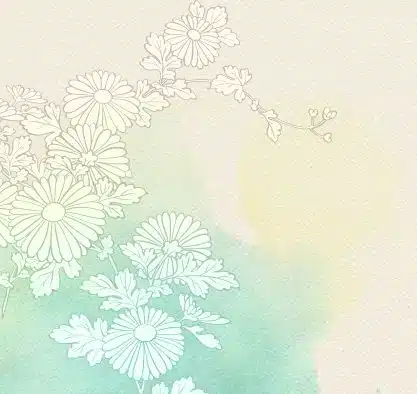As the co-founder of a spa in Singapore, I always seek ways to improve our offerings and provide our clients with the best possible experience. So when I heard about a new massage technique called “Kogao Small Face Correction Therapy” (小顔矯正) being taught by Master Hidetsugu in Japan, I knew I had to go and learn it.
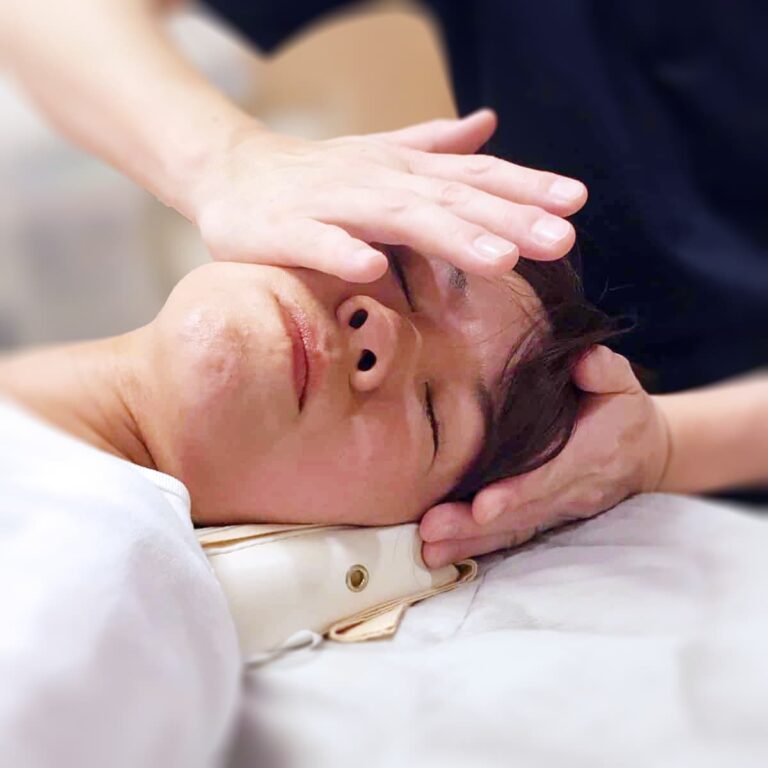
If you haven’t heard about Kogao Small Face Correction Therapy, it’s a unique facial massage technique that aims to sculpt and contour the face, making it appear smaller and more defined. This therapy has gained immense popularity in Japan due to its non-invasive nature and remarkable results. Unlike surgical procedures, Kogao small face therapy relies on precise hand movements and pressure points to achieve the desired facial structure.
But it was not an easy decision. Leaving my children in Singapore and travelling to Japan for a two-week intensive training session was a tough choice. However, I knew the opportunity to learn from a master of traditional Japanese spa techniques would not be missed. I was particularly struck by the Kogao Small Face Therapy technique, designed to provide a slimmer, more defined facial contour without resorting to surgery by focusing on specific pressure points on the face. I knew that this was a technique that would be in high demand in Singapore, where there is a strong emphasis on beauty.
10 Years Later: Reflections on Returning to Japan for Kogao Training
Ten years have passed since I last set foot in Japan. Back then, I was a young and inexperienced spa therapist eager to learn the latest techniques and bring them back to my spa in Singapore. Fast forward to now, and I find myself again in Japan, but with a different perspective.
Sitting on the plane, I couldn’t help but reflect on the past decade. So much has happened since my last trip to Japan. I had become a mother, opened my spa, and gained a wealth of experience in the industry. Despite this, I knew there was still much to learn, especially traditional Japanese spa techniques.
But beyond the technical aspects of the training, what struck me the most was the culture of respect and attention to detail that permeated every aspect of the spa industry in Japan. From how clients were greeted and treated to the meticulous preparation of products and equipment, it was clear that the Japanese spa industry held itself to a high standard.
Finding Balance: How I Managed Family and Kogao Training During My Time in Japan
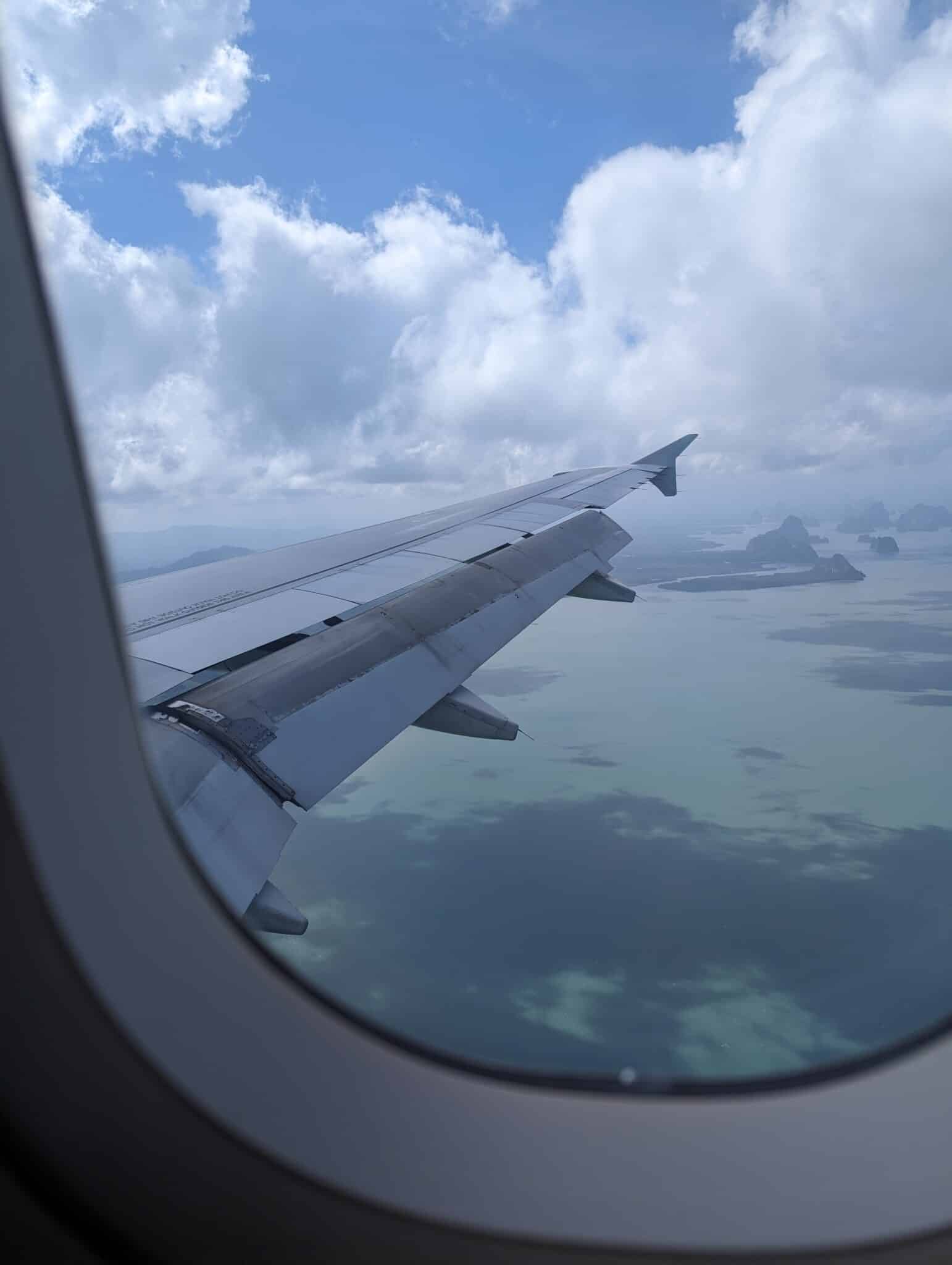
Reflecting on my journey, I realise how much I have grown personally and professionally. Returning to Japan allowed me to rediscover my passion for spa therapy and see the industry with fresh eyes. It was a reminder that no matter how experienced we may become, there is always more to learn and discover. As a busy mother of one and a spa owner in Singapore, finding time for personal development can be challenging. However, when I learned about a new massage technique being taught by Master Hidetsugu in Japan, I knew that I had to find a way to attend the training.
However, the decision to leave my children and business behind for two weeks was not an easy one. As the departure date approached, I became increasingly anxious about how I would manage everything from halfway across the world. When I arrived in Japan, I was met with an intense training schedule that left little time for anything else. However, I quickly realised that I would need to find a way to balance my training with my responsibilities if I was going to make the most of my time in Japan.
Finding Balance: How Did I Do It?
1. Set a Routine and Follow it
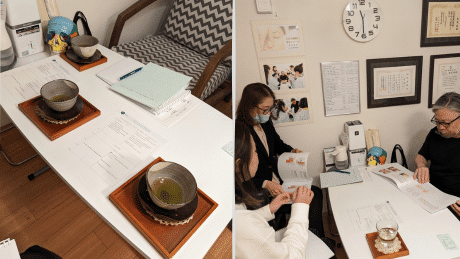
The first step was establishing a routine that allowed me to progress in training while staying connected with my family back home. I set aside specific times each day to check in with my children and business associates and made sure to stick to these times as much as possible.
2. Taking Breaks
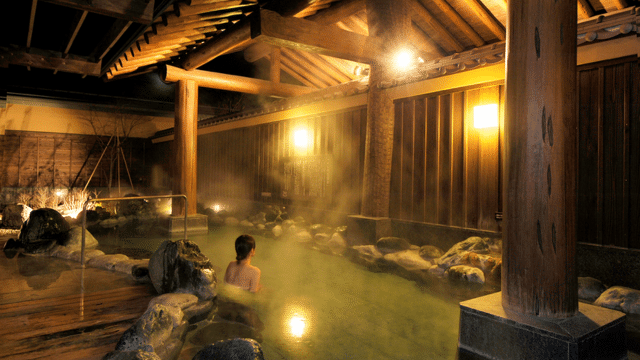
I also prioritised self-care during my time in Japan. This meant taking breaks when needed, getting enough rest, and making time for activities outside of training that helped me feel grounded and connected to myself. I will never miss my onsen bath in my hotel before sleeping.
3. Seek Help
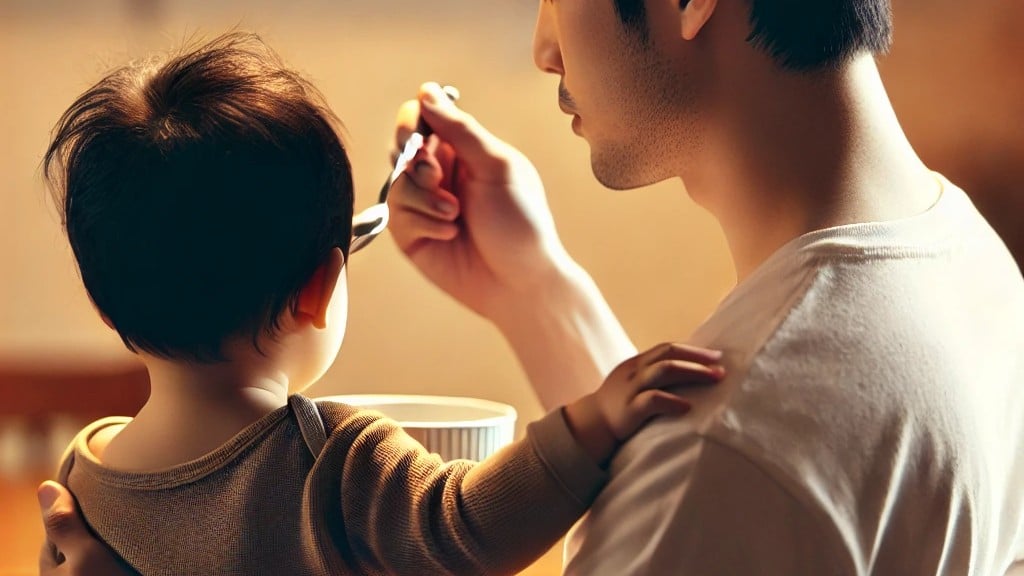
One of the most important lessons I learned in Japan was the importance of asking for help. Whether it was asking my family to step up and take on additional responsibilities while I was away or reaching out to fellow trainees for support, I found that asking for help was essential to finding balance and managing my stress levels.
Looking back on my time in Japan, I am grateful for the experiences and insights I gained. I came away with a new technique that has been a massive success in my spa and a renewed appreciation for finding balance in all areas of life.
For anyone facing a similar challenge, my advice is to establish a routine, prioritise self-care, and don’t be afraid to ask for help. With these and a willingness to adapt and adjust as needed, it is possible to find balance and make progress towards personal and professional goals.
Bridging Cultures: Bringing Kogao Small Face Therapy to Singapore
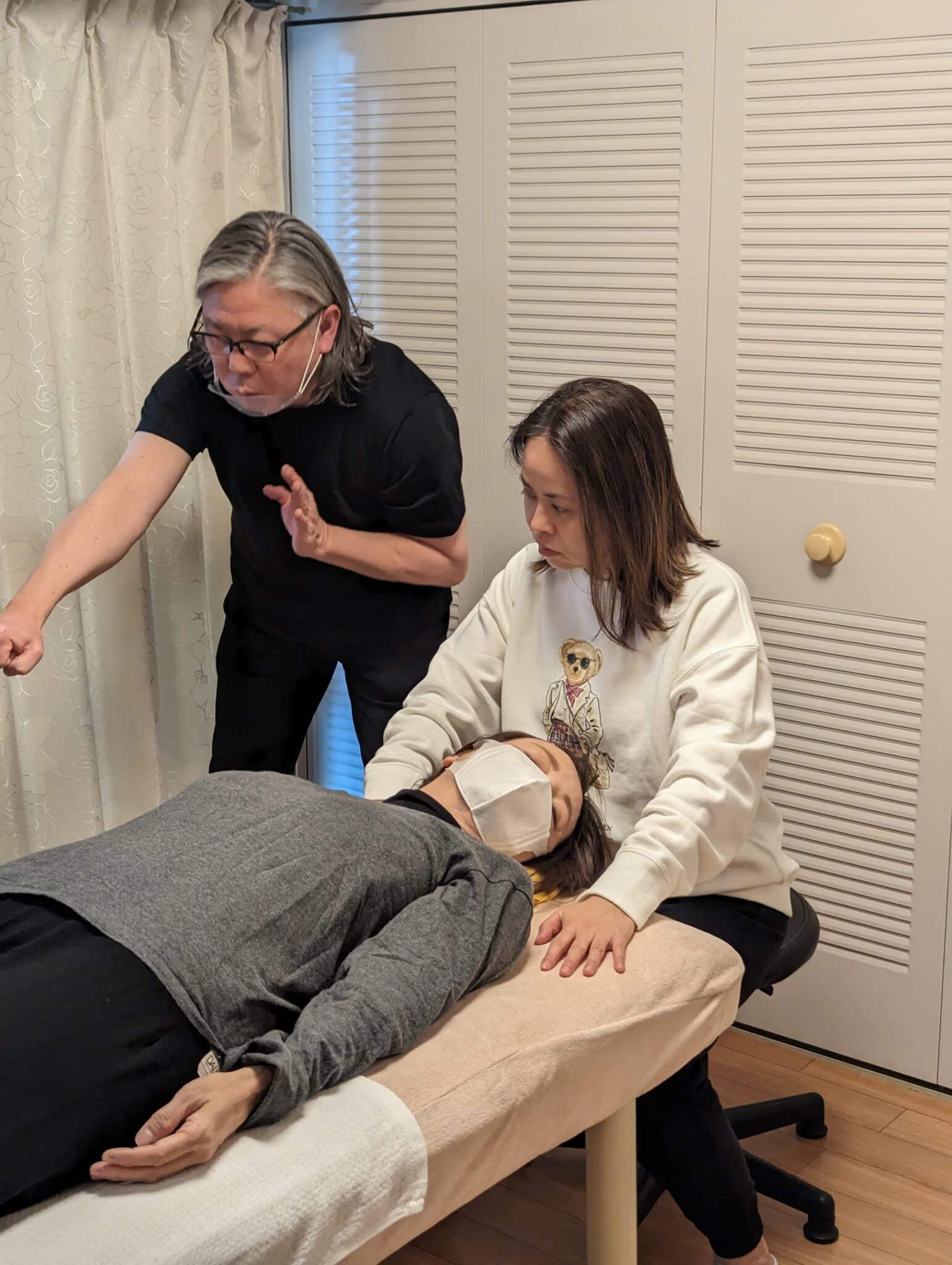
My journey of skill development from novice to expert in the spa industry underscores the importance of dedication, hard work, and passion. Today, my thriving spa business in Singapore is a testament to my expertise and continuous pursuit of knowledge and improvement. As a mother, I take pride in inspiring others who may feel overwhelmed by their aspirations to achieve their goals. My journey exemplifies that hard work and perseverance can lead to success, and I am grateful for the opportunity to inspire others. One way that I am bridging cultures is by introducing authentic Japanese spa techniques to Singapore. Japan is known for its long-standing history and culture of bathing, and I am honoured to share the benefits of these techniques with my clients. By doing so, I hope to improve their well-being and promote a greater appreciation for Japanese culture.
Wrapping Up My Journey to Japan
Japan has long been a destination for authentic and high-quality spa services. Japan’s spa culture is deeply rooted in its history and culture, from hot springs to traditional massage techniques. Its reputation as a hub for authentic spa services is rooted in its long history of bathing culture and conventional massage techniques. My training experience exemplifies this tradition and reminds me of the importance of seeking out authentic training and services to provide the best possible spa experiences for clients in Singapore.

